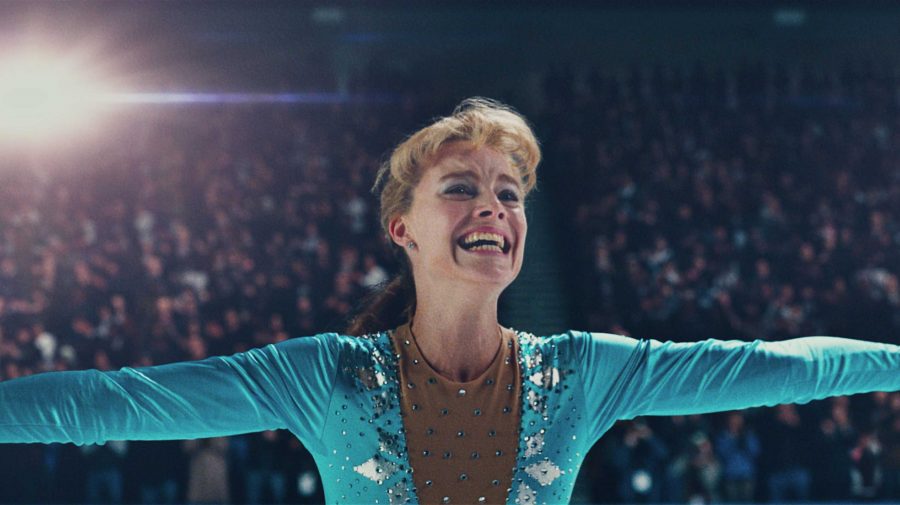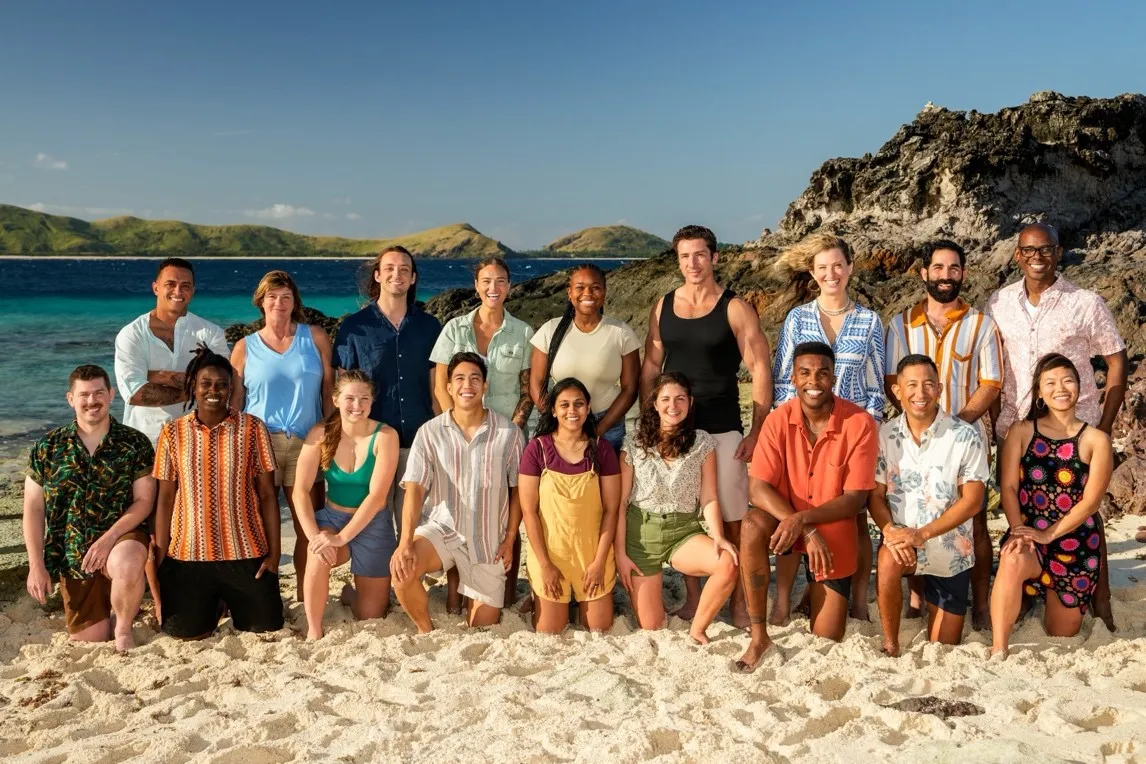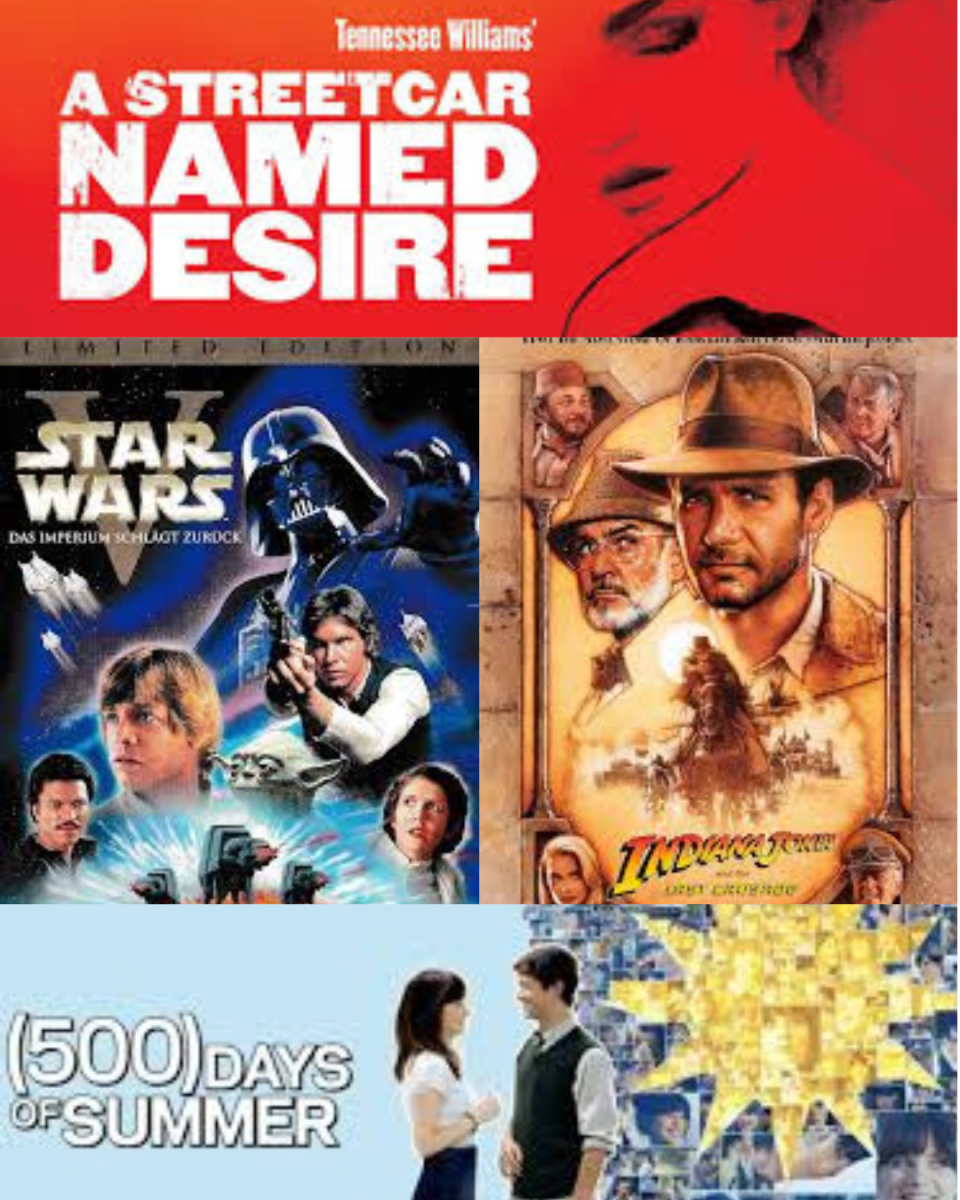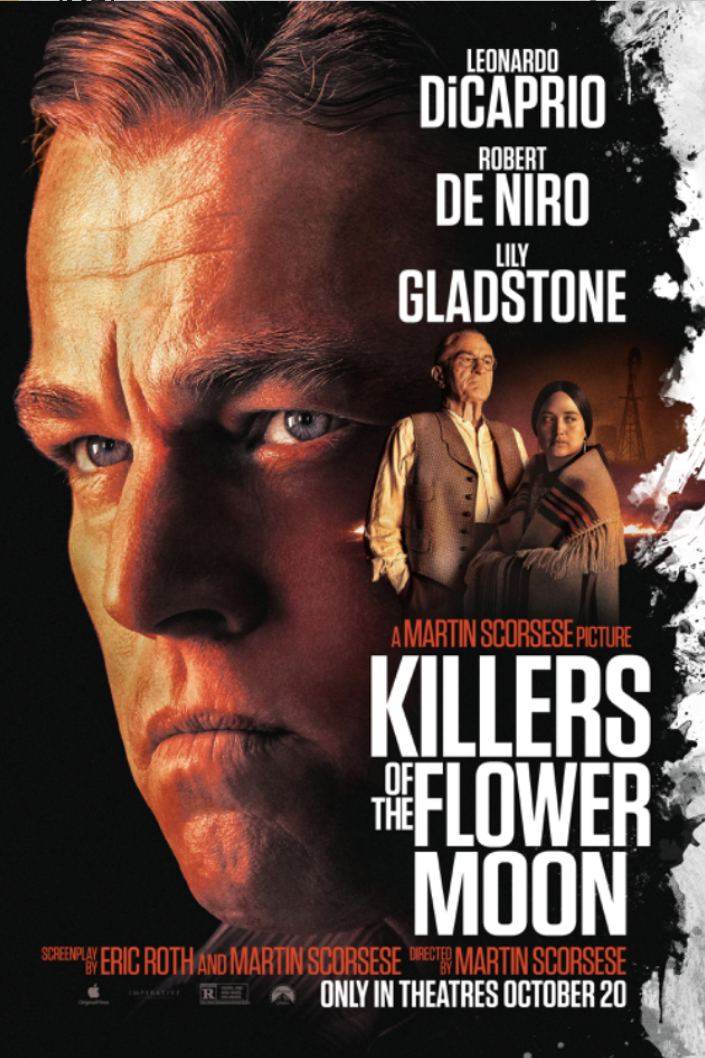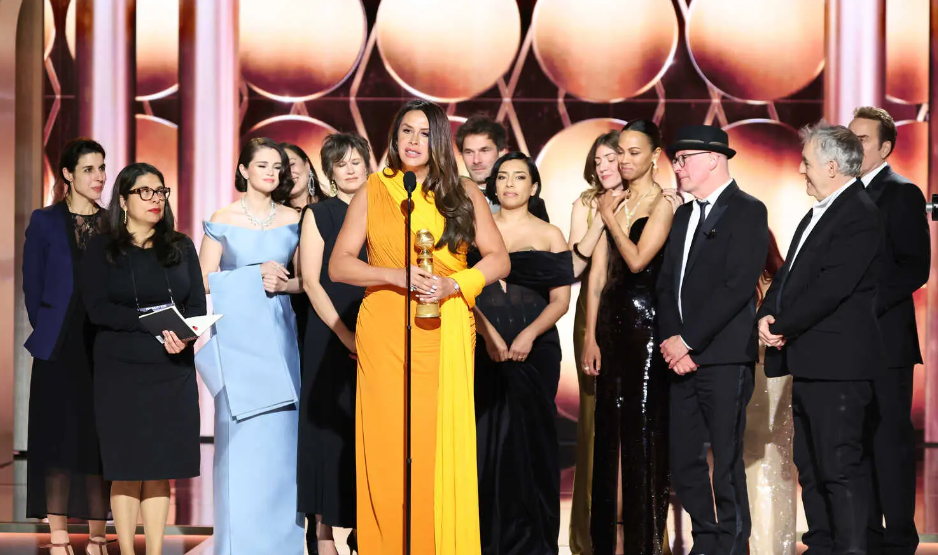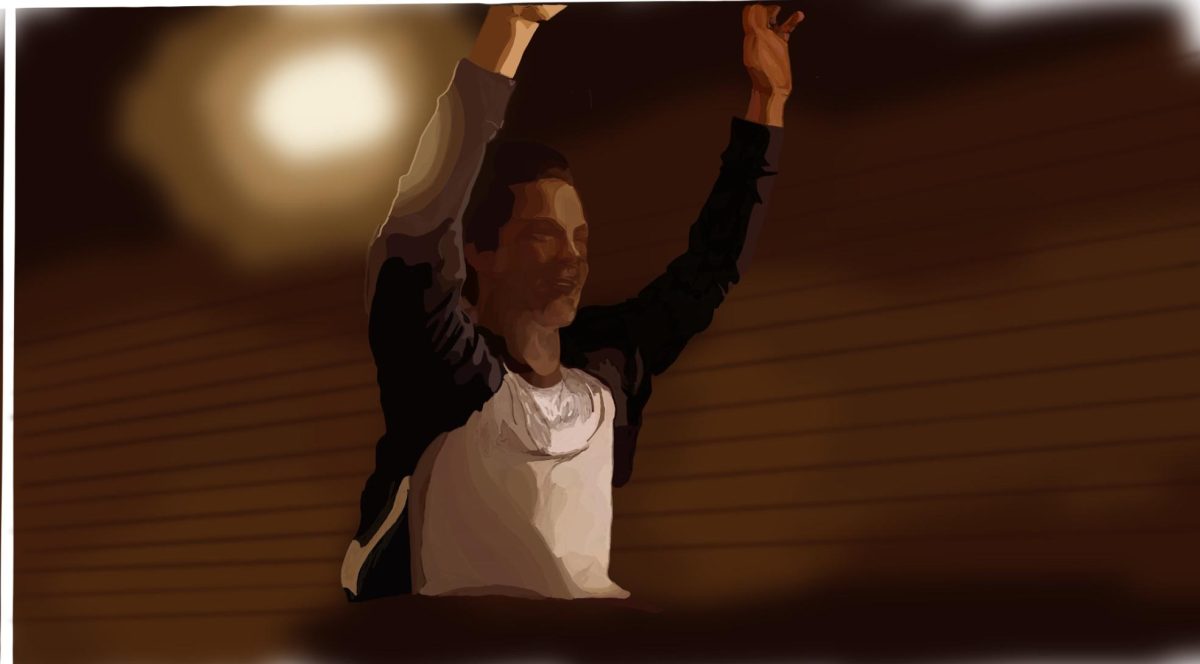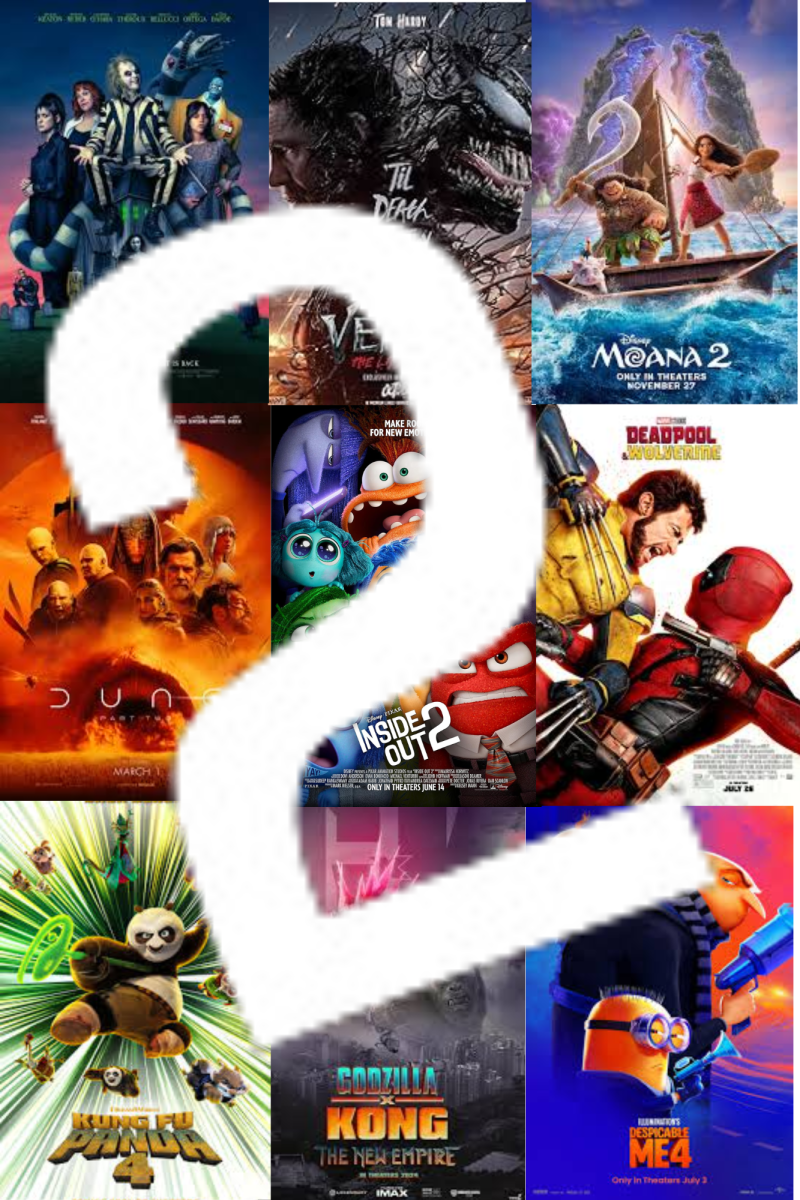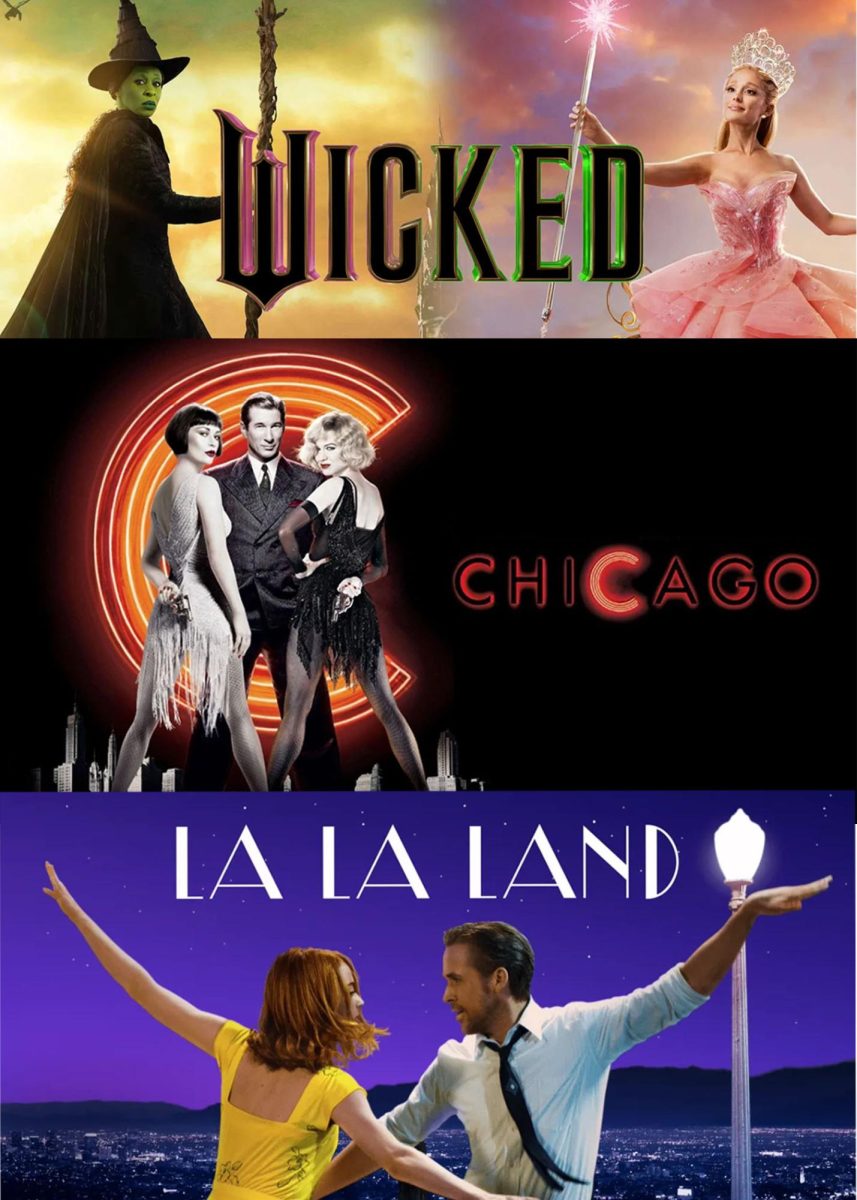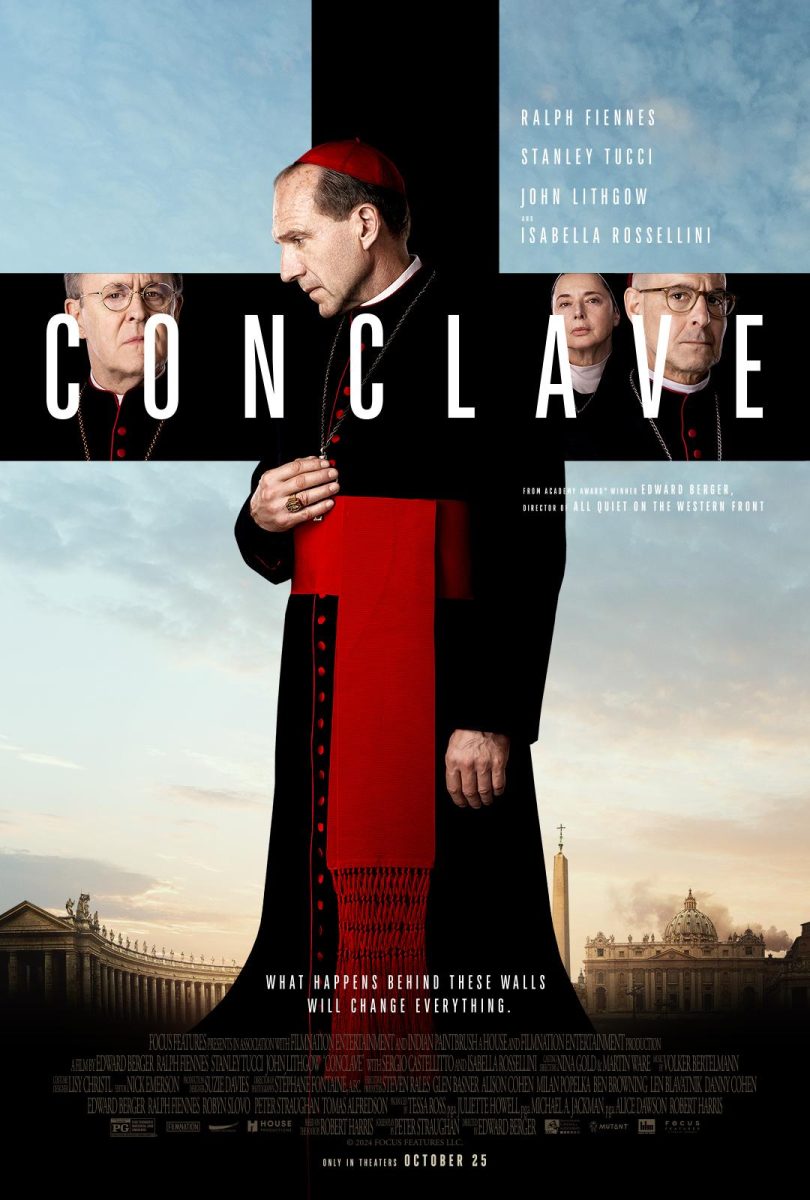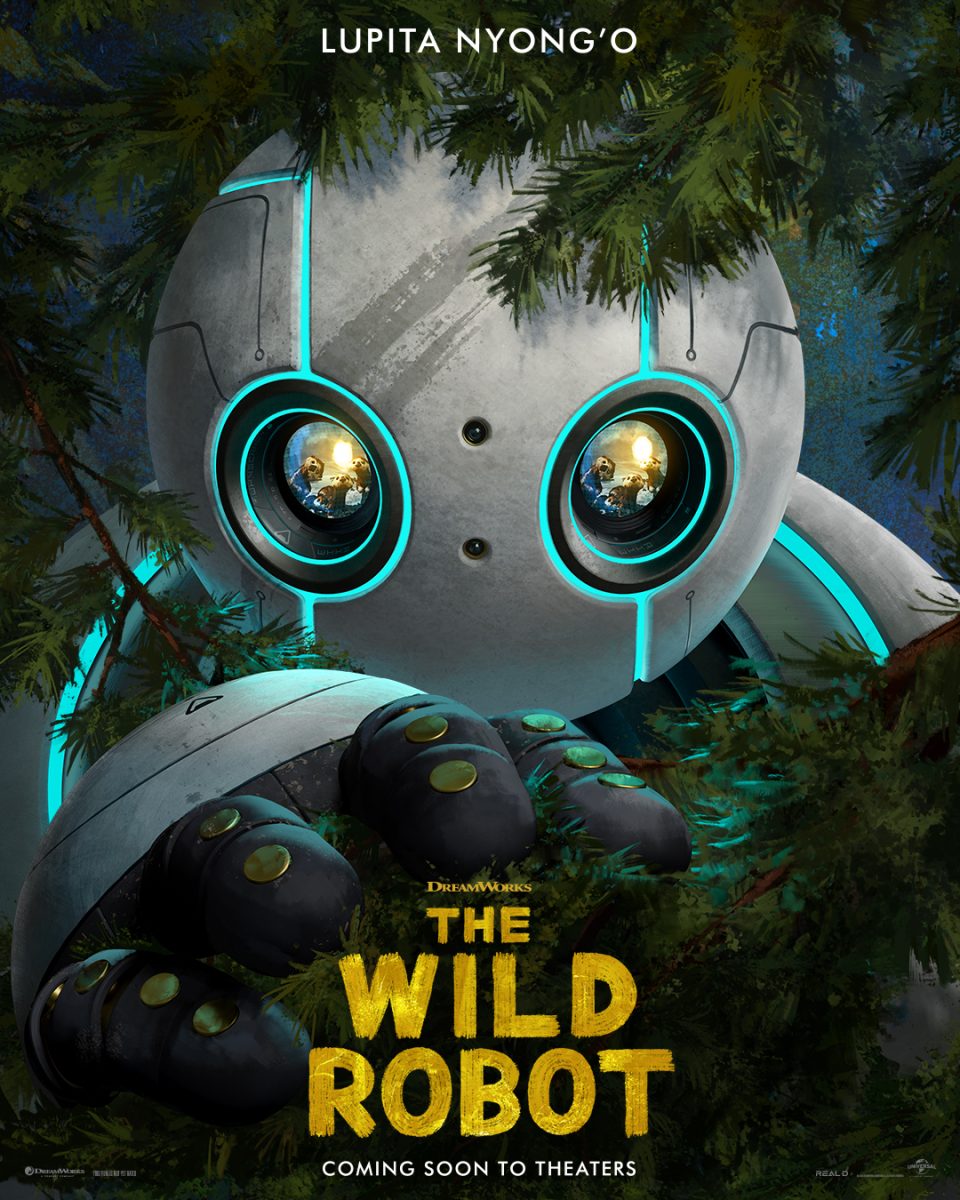Villains are always the antagonists meant for people to detest and crave their defeat. They are the lowly, unwanted characters of well-known stories that are there for one purpose only—to make the protagonist look like a hero or heroine. What if the story is flipped around to be from the perspective of the villain?
“I, Tonya” was released on Dec. 8 and tells the story of the notorious Tonya Harding. Directed by Craig Gillespie, the movie’s purpose is to tell the truth according to interviews with Harding (Margot Robbie), ex-husband Jeff Gillooly (Sebastian Stan), mother LaVona Golden (Allison Janney), bodyguard Shawn Eckhardt (Paul Walter Hauser) and coach Diane Rawlinson (Julianne Nicholson).
Mixed in with interviews, the movie follows the life of Harding. She grew up in a very poor, redneck family in Portland, Oregon, which certainly did not fit the guidelines of being a wholesome, American family. The time she spent with her father before he left consisted of hunting. Her mother pushed her into skating at the age of four under coach Rawlinson, which earned Harding first place at a very young age.
Harding grew up fiercely independent, and she would do just about anything in order to fulfill her standards of success. Her most prized moment was when she was the first woman from the United States to land a triple axel, which only a few women have ever done. While the judges scrutinized her programs to take as many points off as possible, Harding did not let her appearance hold her back from being an American star.
Robbie, known for being Harley Quinn in “Suicide Squad” and Daphne Milne in “Goodbye Christopher Robin,” learned about the famous story when putting the film together as a producer. In fact, the majority of Harding’s figure skating in the movie was actually executed by Robbie, who learned from Sarah Kawahara to skate in order to fully fit into her character. However, the triple axel in the film was helped to come alive through computer-animated movie magic.
Harding’s adult life led up to the infamous incident. Her hardships—everything from the rocky relationship with her mother, lack of money for proper costumes, abusive relationship with her on-again-off-again significant other Gillooly—let her become both resilient and relentless.
Scheming to ward off any competition, Harding and accomplices planned to send death-threat letters to Olympic teammate Nancy Kerrigan (Caitlin Carver). Eckardt, the idiotic, power-hungry friend of Gillooly who claimed to be Harding’s bodyguard, hired two men to break Kerrigan’s knee. The scandal behind the attempt to break her knee was thusly followed by the media for weeks after the incident, and it still shocks people today.
With its dark humor, sympathetic mood and tragic theme, “I, Tonya” captures the story behind the story everybody knows. Despite the incident being known as an uncalled-for assault against an American sweetheart, the film turns around to become a pessimistic cry against the nature of life and information-seeking media that ruined Harding’s life. In the aftermath of the incident, Harding was placed on a three year probation, charged a fine of $160,000 and banned from figure skating, becoming a competitive boxer.
While the film was highly acclaimed and well-produced, there were still some gaps that could have been filled. For example, figure skating is an expensive sport. Paying for ice time coaching, costumes, tests, competitions, skates and sharpening can really add up. Since Harding grew up in a poor family, it was unclear how she could afford to become a talented, competitive skater. In addition, the character development of Gillooly travels in many directions. There is something missing in his character, for some scenes are meant for sympathy, and other scenes makes him seem like a villain. Finally, Kerrigan’s character is only shown in a few scenes with no lines. She is a major part of the story that could have been included in the film more.
“I, Tonya” can be compared to other films that retell stories from the back end. For example, the 2014 film “Maleficent” focuses on the eponymous Maleficent’s (Angelina Jolie) life in a forest kingdom and involvement with Aurora (Elle Fanning). Stepping aside from “Sleeping Beauty” and the prejudice against the spell-cursing monster, the film humanizes Maleficent. Similarly, the 2016 ESPN documentary “OJ: Made in America” takes the viewer through five different parts, detailing the life of football star and actor O.J. Simpson. Although Simpson was definitely sadistic by allegedly murdering Ron Goldman and Nicole Brown, the documentary is meant to be a voice away from the media, telling the whole truth.
By taking the risk of adapting a scandalous news story from the 1990’s to become a movie from the perspective of the villain, “I, Tonya” does not want every viewer to be on Harding’s side. It merely is an outlet to show the story from a different side. “I, Tonya” exposes the truth that many people do not know, which flips and spins around a story that will be forever in the American’s memory.


